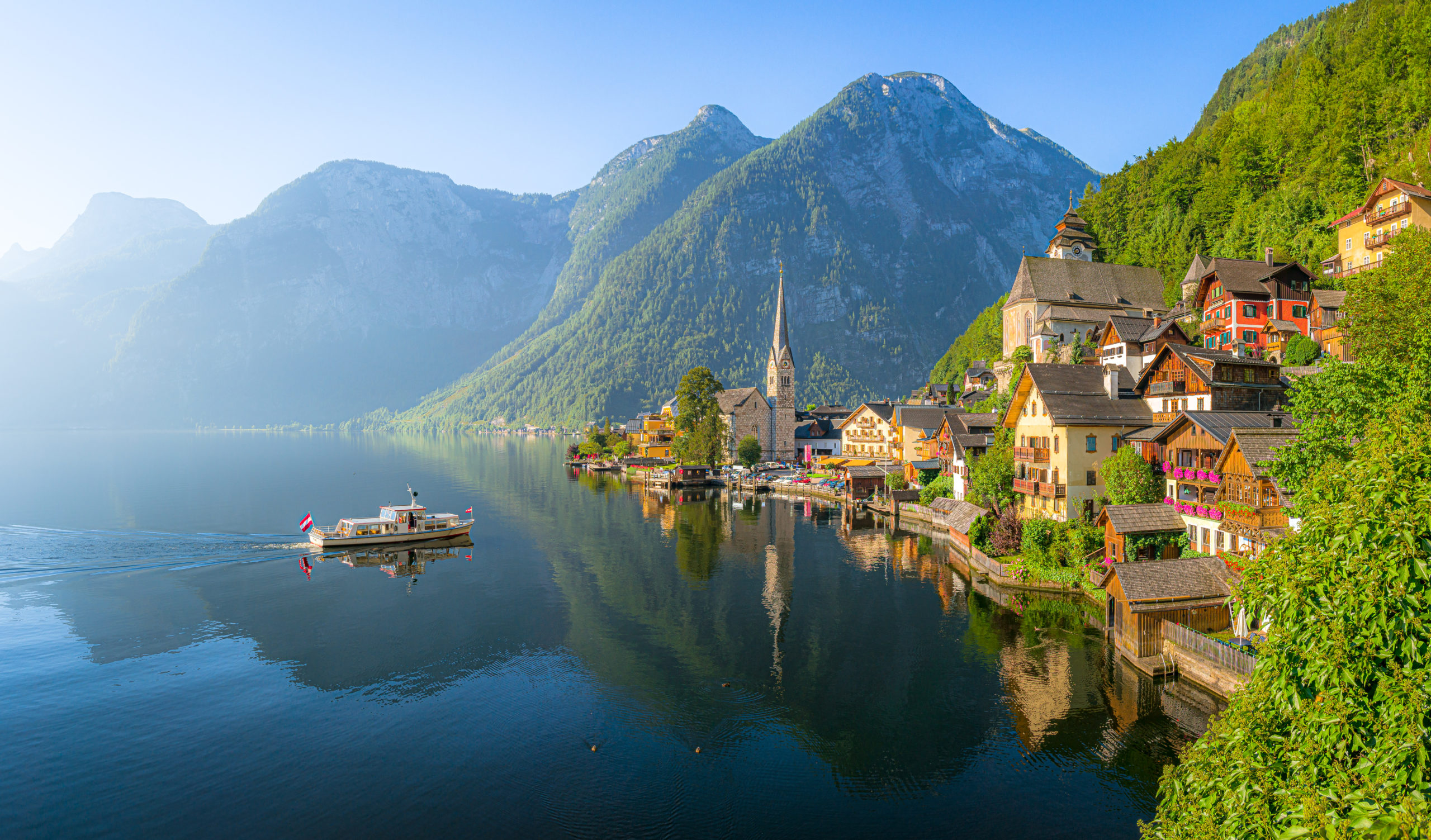Travel marketing beyond 2021 – how to prepare for recovery
Since the pandemic was declared by the World Health Organization back in March 2020, the travel sector has seen countries closing their borders and citizens issued with ‘stay at home’ orders. Airlines grounded their fleets, cruise lines suspended operations and hotel guest numbers plummeted.
“It’s nearly impossible to quantify just how significantly the pandemic has impacted the tourism sector,” Daniel Guttentag, director of the office of tourism analysis at the College of Charleston, told Forbes. “But there is little question that the impact has been devastating in many ways for the travel industry.”
Amid these extraordinarily difficult circumstances, many businesses will be pinning their hopes for survival on a return to something like normality in the course of 2021.
There are encouraging signs that pent-up demand for travel will be released next year, but the industry needs to be ready for changes in the sort of experiences customers are looking for and the information they expect from brands.
A strong understanding of your audience and the ability to convey nuanced messages that reflect their top priorities will prove vital to success.
What will travel trends look like in 2021?
Many consumers who have been deprived of opportunities to travel in 2020 will be eager to get away and enjoy some stress-relieving, restorative experiences in 2021.
While this bodes well for the industry, it’s important to prepare for the likelihood of a slow recovery and to be aware that people’s attitudes towards travelling are likely to be very different in a post-Covid world.
Professional services firm Grant Thornton has forecast that, while there will be growth in travel demand in 2021, the year will start slowly and conditions won’t fully stabilise until 2022.
According to the International Air Transport Association, the aviation sector will be feeling the effects of the pandemic until 2023, with domestic and short-haul flights likely to recover before long-haul services.
Moshe Rafiah, chief executive of comparison site Skyscanner, said travellers are “pioneering new ways to explore the world”.
“Whether it’s shortening the timeframe in which they plan and take a trip, tackling complex risk assessments before deciding to travel, or expecting previously unseen levels of clarity to ensure confidence in their booking, the new shape of travel is emerging,” he added.
It’s vital to keep your finger on the pulse of the industry and to constantly refine your understanding of what really matters to your audience. Combining these insights with strategic communication and localisation will help you strengthen your relationships with customers and give people the information and support they need.
Social media response management
Engaging with your audience on social media and other key channels will foster understanding and communication and help you get answers to questions like:
● What are their biggest concerns regarding travel and what do they think providers should be doing to address them?
● How have their attitudes and preferences changed as a result of the pandemic?
● Are they planning to change their usual trip duration or visit different destinations in 2021?
Social media localisation and management across multiple languages requires deep cultural knowledge as well as language expertise. Being able to create content, engage with influencers and drive engagement across social media is a great example of building future value; while most consumers have been unable to travel, destinations that are able to offer a glimpse of what is on offer will likely be top on consumer wish-lists when it comes to planning future travel.
One of the top priorities for travel brands will be to ensure the services and experiences they offer are fundamentally safe. Skyscanner noted that health factors have become a significant barrier in terms of people’s willingness to travel, which means restoring trust and confidence has become an “essential” part of the sector’s recovery.
Effective communication lies at the heart of what businesses will need to do if they want to succeed in 2021 and beyond.
There are various approaches you can take to collect insights into how your target audience is feeling and how the pandemic has impacted their travel plans, such as having real-time conversations on social media and running surveys that invite customers to share their opinions.
But it’s difficult to do these activities well and get actionable results from them if you’re not able to communicate in a way that connects and resonates with people.
Furthermore, the ability to create and distribute the right messages to audiences all over the world will prove crucial when you need to detail the actions you’re taking to help people stay safe and well. There could also be times when you need to pass on current travel restrictions relating to specific destinations and this information will have to be fully accurate and unambiguous. As the latest travel restrictions are updated, there is great value in offering these as part of the overall marketing content.
Prepare to succeed with localised organic search
Another important consideration for travel brands as the industry sets its sights on recovery is international search engine optimisation. Effective international SEO can play a vital role in your efforts to understand what your target audience is looking for and to build awareness of your brand online. Now more than ever, brands need to consider how audiences search and incorporate any new search terms, for example linking to local activities and experiences.
While there is no definitive answer to the question of how long it takes to see returns from SEO, it’s clear that you can’t rush the process and expect to get results overnight. If you want to benefit from this element of your marketing next year, you should be focusing on activities like keyword research and optimising your content right now.
Take a look at our services, or contact us to find out how we can support your business.



